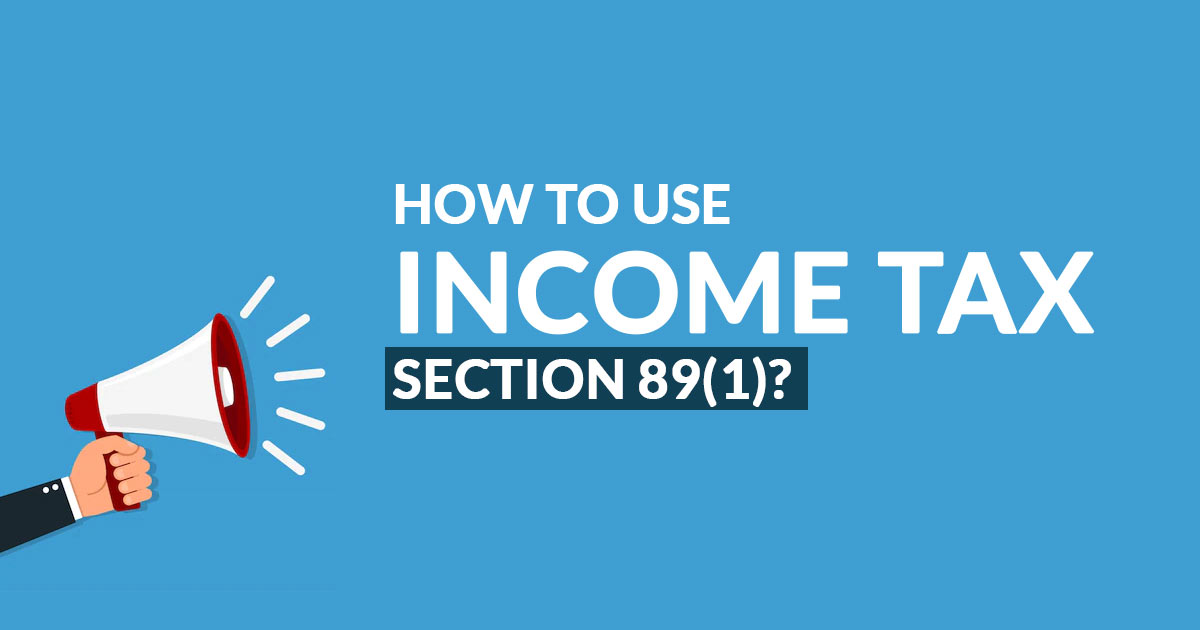
Covid-19 makes the employees suffer from a salary cut. However, when this gets rectified, the salaries of various employees were restored, and some of them even obtain bonuses.
Tax experts specified that “Salary is taxed in the hands of an individual on due or receipt basis, whichever is earlier. However, if an individual receives a certain sum of money in the current year that pertains to a previous year, he may have to pay higher taxes on such receipts as a result of the increase in tax rates.”
For preventing the over-taxation due to salary obtained as advance or as arrears, the I-T Act has a provision under income tax Section 89 (1) for claiming relief.
The assessee could avail of relief for an amount equivalent to the additional tax liability, waking because of deferment in income receipt.
The tax expert articulated that, “Bonus paid or payable by the employer is taxable in the year of receipt if it has not been taxed earlier on a due basis. If the bonus is received as arrears, the assessee can claim relief under Section 89.”
Income Qualified for Ease
Relief shall be claimed on various kinds of income obtained as arrears.
Maneet Pal Singh, partner, IP Pasricha & Co, says, “Section 89(1) provides relief in cases where salary is received as arrears or as advance, receipt of gratuity for past service, compensation on termination of employment, and commuted pension.”
During retirement, when the employee chooses the commutation of pension, a lump sum is furnished to him instead of the periodic payment of pension. The pension then starts on the left amount. Remember even the family pension obtained as arrears is entitled to section 89(1) relief.
Method to Claim Relief Under Section 89(1)
Rule 21A of the I-T rules describes the process to calculate ease (see table). Tax experts said that a person can claim relief beneath Section 89(1) exclusively when she submits income tax form 10E. This form would get furnished online on the I-T portal.
Remember the Facts Under Income Tax
Talking about filing Form 10E, timing is critical. It needs to be furnished online at the e-filing portal prior to filing the (ITR). If it is furnished post to filing the ITR, the I-T department might not permit Section 89 relief claimed in the ITR.
Those who lose to furnish Form 10E can obtain a notice from the I-T department for non-compliance. Their return shall not get processed till the form is submitted.
The Income-tax intimation under section 143(1) can also be sent for creating the proposed adjustments. People would not feel anxious if they lose to furnish this form, but they must furnish it duly after receiving the notice.
The employee must claim the relief for the income tax return for the year where the lump sum is obtained, excluding the case of advance salary in which the relief is available in the year where the salary would be due.
Post to filing Form 10E, share a copy with the employer for TDS calculation.
During claiming for relief, choose the assessment year correctly to which the arrears belong. Show the former year’s income properly.
Preserve all the required proof to affirm the relief claimed and hence prevent excessive litigation.